Phu Yen determined to modernise its urban appearance
Phu Yen currently has nine urban areas, with the urbanisation rate of the entire area rising from 20.5 per cent in 2005 to 41.5 per cent in 2022.
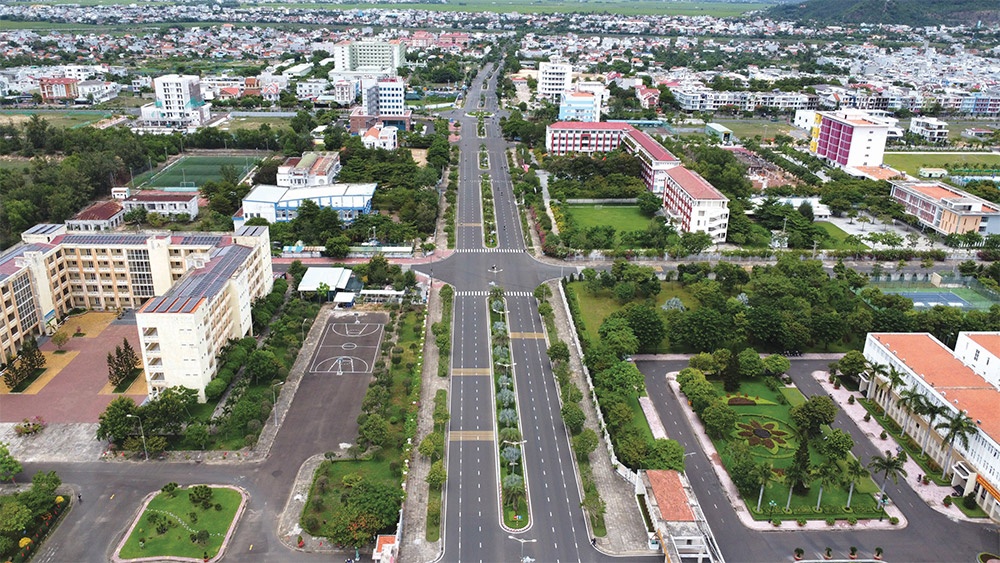 |
| The province is likely to double the number of urban areas by 2030 |
Currently, the rate of urbanisation has increased gradually over the years, demonstrating the attractiveness and development ability of urban areas in the province in the context of high-speed urbanisation of the south-central coast. According to experts’ assessments, the urban network is relatively reasonably distributed and consistent with the natural characteristics and living habits of the people.
In particular, urban areas develop according to the available potential and advantages and the general orientation of the provincial planning, forming an urban development axis along national highways 1A, 25, and 29.
Tran Xuan Tuc, director of Phu Yen Department of Construction, said that by 2030, the province will have a coastal urban chain and become a developed, dynamic, and diverse economy, entering the upper group of provinces with highest average incomes in the country.
“The plan is to develop Phu Yen’s urban system and reasonably distribute it, creating balanced and harmonious development between regions,” Tuc said. “We will focus on land use efficiency, urban development towards green and smart growth, ensuring urban areas can be the driving force for economic and social development, and boosting education and innovation in each district. By 2030, Phu Yen will strive to reach an urbanisation rate of about 50 per cent.”
Le Tan Ho, Deputy Chairman of Phu Yen People’s Committee, said, “The province will mobilise resources to prioritise investment in forming a coastal urban chain with the centre being Tuy Hoa city expanding to the south, the province’s growth pole.”
The province’s headline plan for this decade and beyond notes that its urban system will be divided into three main development poles.
The coastal urban development pole includes Tuy Hoa city expanding to the south, Song Cau town, and Tuy An urban area, developed in combination with the northern Van Phong area in the neighbouring province of Khanh Hoa.
The mountainous urban development pole includes localities such as La Hai town, Xuan Lanh and Xuan Phuoc urban areas, Cung Son town, Son Long and Tan Lap urban areas, and more besides.
Finally, the semi-mountainous urban development pole includes Phu Hoa and Phu Thu towns as well as Phong Nien, Hoa Tri, Son Thanh Dong, and Hoa My Dong urban areas.
It is expected that by 2030, the entire Phu Yen province will boast 18 urban areas, with Tuy Hoa as a Class I urban area. There will also be one Class II and Class III urban area, six Class IVs, and nine Class Vs. Tuy Hoa remains the centre of general motivation for the whole province, while Song Cau is the hub for the northern sub-region of the province.
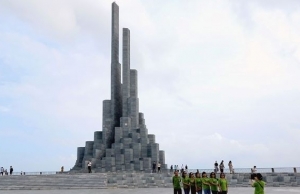 | Phu Yen has what it takes to transform into the next thriving tourism hotspot The south-central province of Phu Yen is flexing its muscles to attract tourists through its unspoiled beauty with many scenic spots and favourable infrastructure conditions. |
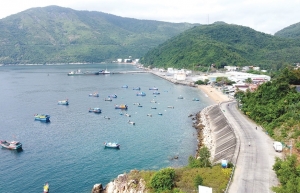 | Phu Yen takes on logistics infrastructure investment With the development of Vung Ro and Bai Goc seaports, Phu Yen province is determined to locate a logistics centre in Dong Hoa town that can connect to Tuy Hoa airport. |
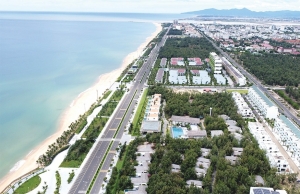 | Phu Yen pushes its promise via planning The south-central province of Phu Yen’s master planning, approved last month, opens a wider door to its socioeconomic development, with a clear goal to become a modern and sustainable locality. |
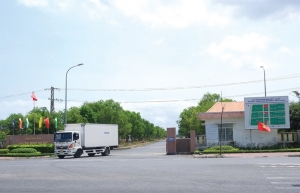 | Phu Yen leaning into industrial growth Located on the south-central coast with a temperate climate, abundant land, and infrastructure gradually being completed synchronously, Phu Yen province is considered a promising land for industrial development. |
What the stars mean:
★ Poor ★ ★ Promising ★★★ Good ★★★★ Very good ★★★★★ Exceptional
Related Contents
Latest News
More News
- Global partnerships key to Vietnam’s IFC development (December 26, 2025 | 16:18)
- Vingroup pulls out of bid to invest in North-South high-speed railway (December 26, 2025 | 11:42)
- Strengthening supply chains through trade promotions and customs reform (December 24, 2025 | 14:00)
- PM orders investment model for North–South high-speed rail (December 22, 2025 | 17:43)
- LS Eco Energy to invest in Vietnam rare earth sector (December 22, 2025 | 17:31)
- Government moves to establish International Financial Centre (December 21, 2025 | 21:00)
- Vietnam's IFC to target global investment flows (December 21, 2025 | 18:00)
- Two national hospitals expand capacity with new facilities (December 20, 2025 | 09:00)
- Ha Tinh breaks ground on major Vingroup industrial and energy projects (December 19, 2025 | 18:24)
- EVN launches major power infrastructure projects nationwide (December 19, 2025 | 18:17)

 Tag:
Tag:





















 Mobile Version
Mobile Version